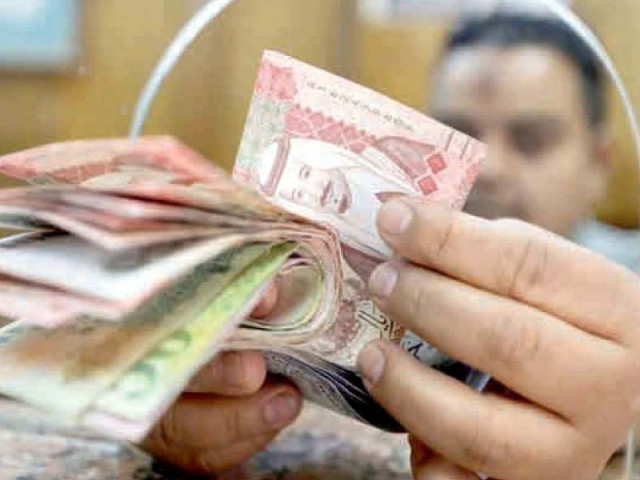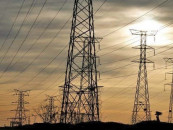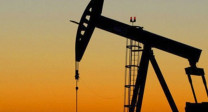Investment plummets to 50-year low
Falls to just 13.1% of economy despite SIFC efforts, according to NAC figures

Pakistan’s investment ratio has plunged to its lowest level in 50 years, falling to just 13.1% of the size of the economy in the outgoing fiscal year, despite efforts by the Special Investment Facilitation Council (SIFC), according to figures approved by the National Accounts Committee (NAC).
This half-century low investment-to-Gross Domestic Product (GDP) ratio affirms apprehensions that the SIFC alone cannot significantly boost investment without improvements in the fundamental aspects of Pakistan’s economy and the achievement of political stability.
The official data also revealed a discrepancy in the population figure used by the Pakistan Bureau of Statistics (PBS) in the National Accounts approved a day earlier. This discrepancy has resulted in an overstated per capita income of $1,674 per person for the outgoing fiscal year. According to the 2023 population census results, the country’s population was 241.5 million; however, the PBS used an outdated population figure of 236 million.
According to the provisional National Accounts estimates, the investments and savings as a percentage of Pakistan’s economy have remained below the official targets for the outgoing fiscal year. Such low savings and investment ratios are at the root of the external sector crises.
Against the target of a 15.1% investment-to-GDP ratio, it has fallen to 13.1% in the outgoing fiscal year. This is the lowest ratio in the past 50 years. The last time the investment-to-GDP ratio was this low was in the fiscal year 1973-74, when it was recorded at 13.2%.
The Pakistan Democratic Movement (PDM) government established the SIFC through an Act of Parliament, aiming to boost the country’s low investment and remove bottlenecks hindering economic growth. The SIFC is a joint body run by both the military and civilians. It has made many efforts over the past year. However, these efforts have not yet translated into concrete results.
Sources indicate that during ongoing talks, the International Monetary Fund (IMF) has inquired about the investment Pakistan expects in this fiscal year and the next.
The SIFC has so far succeeded in addressing coordination issues among federal and provincial governments and removing procedural bottlenecks. However, these efforts have not led to significant increases in either foreign or domestic investment.
The 13.1% investment-to-GDP ratio is significantly below that of regional peers. Last year, this ratio stood at 14.1%.
Pakistan was expecting up to a $5 billion investment injection from Saudi Arabia, but so far, these assurances have not been translated into concrete agreements.
The fixed investment-to-GDP ratio also slipped to 11.4% from last year’s level of 12.4%. Private sector investment has dropped to 8.7% of the GDP in this fiscal year, which is also the lowest level in almost 25 years.
The public sector investment-to-GDP ratio plunged to 2.8% – the lowest level in four years. Public investment has been hit by fiscal constraints, with the Ministry of Finance not releasing the total allocated budget of Rs950 billion.
Frequent changes in taxation policies and biases towards the manufacturing sector have reduced investment in manufacturing. The country’s productivity is on the decline, and economic growth is largely driven by consumption, which accounted for about 88% of the increase in the size of the economy.
The failure to achieve the crucial investment target has limited the government’s ability to address deteriorating infrastructure and social sector issues using its own resources, leading to increased reliance on loans for development projects.
The government’s inability to increase investment as a percentage of the national economy is a significant economic failure, indicating a lack of progress in addressing structural imbalances.
The savings-to-GDP ratio slightly decreased from 13.1% to 13% in this fiscal year and also fell short of the official target.
GDP size
The estimated size of the national economy for the current fiscal year is $373.6 billion, up from $338.2 billion in the previous year. The size of the economy increased by 10.5% in dollar terms during the outgoing fiscal year, thanks to a stable exchange rate. However, it is still lower than the $375.6 billion size two years ago, which decreased due to subsequent devaluations.
In rupee terms, the size of the economy reached Rs106 trillion in 2023-24.
The per capita income, which had been estimated at $1,551 in the last fiscal year, increased to $1,674 this year – a surge of $123 or 8% per person. However, the per capita income is estimated based on a population of 236 million.
According to the last population census, Pakistan’s population was 241.5 million two years ago. At an average annual growth rate of 2.6%, it should have been 248 million by now. The per capita income would be overstated by about $90 due to the incorrect use of population figures.
The chief statistician of PBS, Dr Naeemuzafar, did not respond to a question about using the old population figures.
Published in The Express Tribune, May 23rd, 2024.
Like Business on Facebook, follow @TribuneBiz on Twitter to stay informed and join in the conversation.



















COMMENTS (3)
Comments are moderated and generally will be posted if they are on-topic and not abusive.
For more information, please see our Comments FAQ